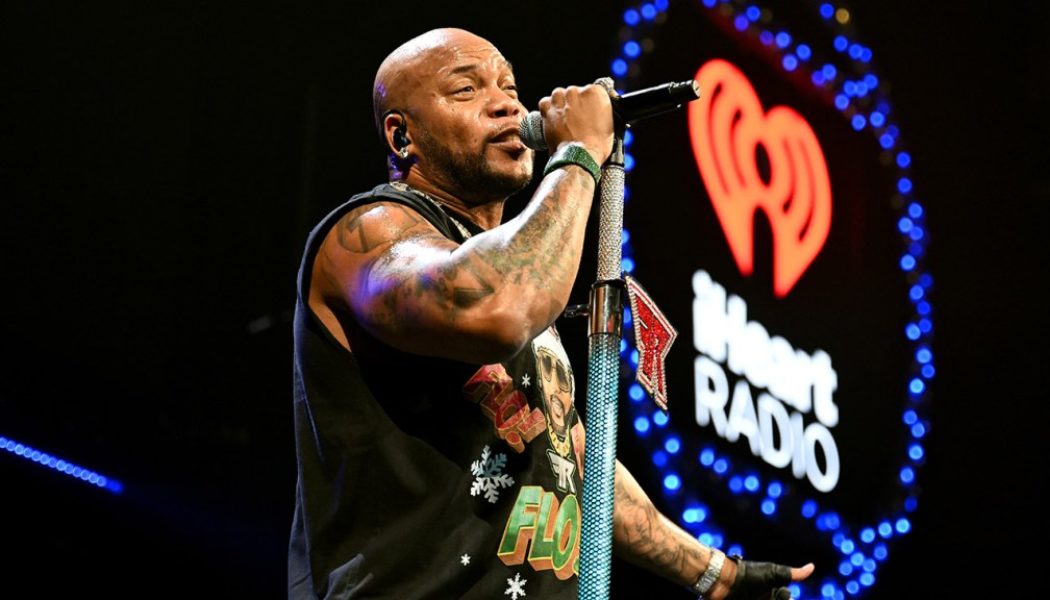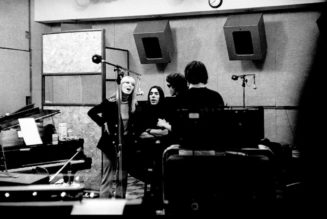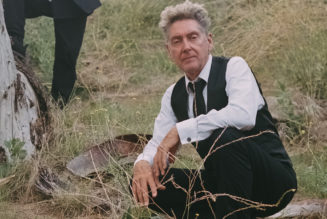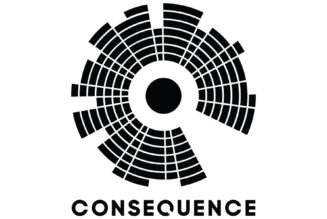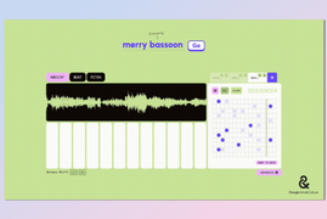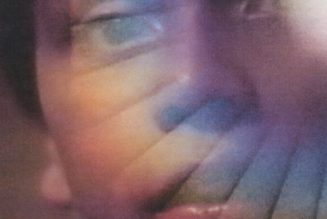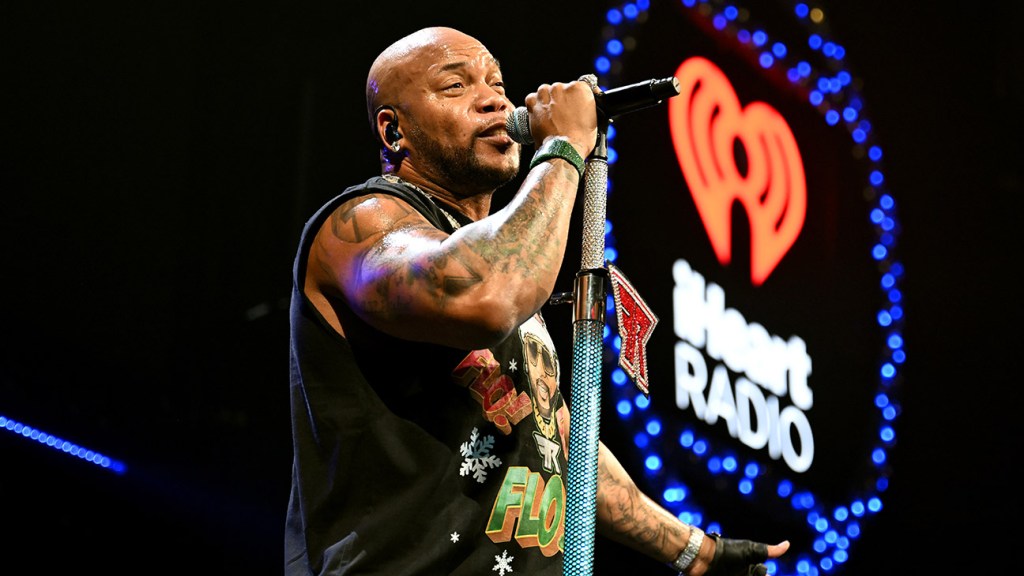
The U.S. Supreme Court has endorsed open-ended recovery of damages for copyright infringement, ruling that music producer Sherman Nealy can pursue over a decade’s worth of damages for an unlicensed sample of his work by Flo Rida in his 2008 tune “In the Ayer.”
The finding, in a 6-3 ruling issued on Thursday, could expand the scope of damages in cases in which plaintiffs were previously barred from recovering money for infringement that occurred more than three years before the filing of a lawsuit. In some cases, claimants could potentially get a bigger payout by waiting to sue and letting damages stack rather than trying to stop the alleged infringement as long as they bring a lawsuit within the statute of limitations.
“There is no time limit on monetary recovery,” wrote justice Elena Kagan in the majority opinion. “So a copyright owner possessing a timely claim for infringement is entitled to damages, no matter when the infringement occurred.”
The case revolves around the 1984 song “Jam the Box,” which Sherman Nealy’s Miami record label Music Specialist owns and was sampled in 2008 by Flo Rida. At the time, however, Nealy was incarcerated and didn’t know about the use. In 2018, he sued Atlantic Records, Warner Chappell and Artists Publishing Group, arguing that he didn’t authorize the use of his label’s music and that his former business partner didn’t have permission to grant licenses. Nealy sought damages going back a decade, which Warner Chappell opposed on grounds that he could only get damages for infringement since 2015. Appeals followed.
Courts have clashed on how far back damages can be recovered. With clarity from the Supreme Court that they aren’t limited by a lookback period, intellectual property lawyer Paul Schoenhard says the decision “increases the risk of copyright infringement damages exposure for many folks in the entertainment industry.”
He stresses, “That can mean real money for people.”
Jeff Van Hoosear, another intellectual property lawyer, calls the ruling a “victory for copyright owners,” particularly “individuals and small entities.” Trademark attorney Zachary Al-Tabbaa says a “surge of copyright infringement lawsuits looms, some reaching back decades” as long as they timely sued.
Thursday’s ruling could also disincentivize copyright holders to find acts of infringement early, especially in instances in which the alleged infringer’s work is more popular and profitable than the work they infringed upon. One example is a 2015 judgment against Robin Thicke and Pharrell Williams in favor of Marvin Gaye’s family over “Blurred Lines.” Since the Copyright Act allows for disgorgement of profits, the plaintiffs in that case could’ve gotten a bigger payout had they waited to sue.
“This incentivizes parties not to be fully informed,” Schoenhard says. “Why would you ever want to wait? There may be acts of copyright infringement that would be discontinued upon filing of a lawsuit such that delay in bringing a lawsuit could permit accrual of additional damages beyond what otherwise might exist.”
In agreeing to review the case, the Supreme Court was primed to settle a copyright issue that has long divided federal appeals courts. Under the Copyright Act, a plaintiff must file suit “within three years after the claim accrued.” One camp has interpreted that language to mean that the window to sue starts when the infringement occurs under the so-called injury rule, while another has interpreted it to mean that the window to sue starts when the infringement is discovered under the so-called discovery rule. Endorsement of the latter would enable plaintiffs to bring claims over old infringements as long as they learned of them within three years prior to suing.
On summary judgment, the music publishers argued that Nealy didn’t sue within the three-year window to file a lawsuit for copyright infringement. The federal judge overseeing the case agreed, but his decision was reversed by the 11th U.S. Circuit Court of Appeals. It found that the three-year statute of limitations doesn’t begin until the copyright owner “knows or has reason to know [they] were injured.” The finding endorsed application of the discovery rule under the Copyright Act opposed to the injury rule, which holds that the statute of limitations starts to run when the infringement occurs, regardless of plaintiffs’ knowledge.
Much to the frustration of copyright lawyers, the court didn’t settle the issue. The majority concluded that the question of whether the discovery rule is applicable under copyright law wasn’t before them because Warner Chappell never challenged the application of the discovery rule.
Justices Clarence Thomas, Samuel Alito and Neil Gorsuch dissented. If the court had ruled on the validity of the discovery rule, Thomas said the Copyright Act “almost certainly does not tolerate” it.”
With interpretation of the Copyright Act’s language remaining unresolved, claimants could be encouraged to bring claims in certain courts. The 8th and 11th U.S. Circuit Court of Appeals remain the only courts that haven’t expressly endorsed application of the discovery rule, though the lower courts under their purview have applied the doctrine.
The ruling also reinforces the significance of securing licenses since the court clarified that there’s open-ended copyright infringement liability.
“Clients must be advised not to utilize copyrighted material in their business activities unless they are absolutely certain they have the rights to do so,” Al-Tabbaa says. “Otherwise, the liability may persist indefinitely if discovered later and a suit is timely filed.”
The case will be remanded back to federal court. One issue that may come up is whether Nealy could’ve reasonably discovered the infringement while he was in prison. If so, the court may find that he’s barred from suing under the statute of limitations.
“We are pleased with the Supreme Court’s decision to rule in Mr. Nealy’s favor,” said Wes Earnhardt, who represented Nealy. “By holding that damages are available for all timely filed infringement claims, regardless of when the infringements occurred, the Court’s decision provides clarity on an important issue that had divided the Circuit Courts.”
